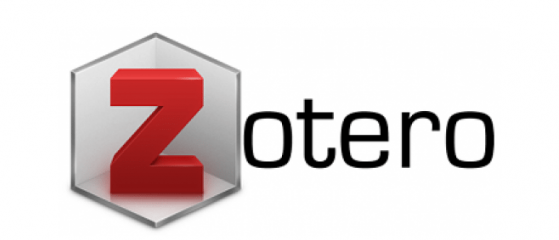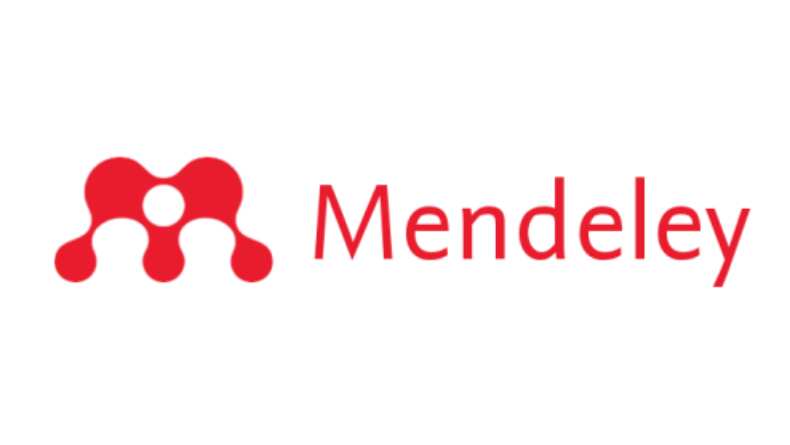Improving Students’ Reading Ability through the Power of Two Strategy and Google Classroom
Abstract
The lack of mastery of reading skills in learning English is a problem faced by the tenth-grade students Accounting class in SMKN 2 Singkawang especially to determine the main idea and evaluate specific details in narrative text. This research aim to find the effect of The Power of Two Strategy and Google Classroom to improve students’ reading ability. This research was conducted at SMKN 2 Singkawang, especially among the tenth-grade students of Accounting class. The researcher applied Classroom Action Research (CAR) by conducting two cycles and three meetings in each cycle. The data was collected from 35 tenth-grade students in Accounting class. In collecting data, the researcher used reading tests, observation checklists and field notes. For the data analysis researcher used quantitative and qualitative data. The instrument used to collect data was a reading test. The results of the research in the first and second cycles involved seventy-three and seventy-eight. The finding of this research showed that The Power of Two Strategy and Google Classroom were effective in improving student’s reading ability in enhancing student’s reading ability.
References
Burns, A. (1999). Collaborative Action Research for English Language Teacher (p. 259). 1999.
Burns, A. (2010). Doing action research in english language teaching: A guide for practitioners. In Doing Action Research in English Language Teaching: A Guide for Practitioners. Tylor & e-Library. https://doi.org/10.4324/9780203863466
Chesterfield, R. (n.d.). classroom observation tools. 6(5).
Creswell. (2009). Creswell’s appreciation of arabian architecture. In Muqarnas (third edit, Vol. 8). sage. https://doi.org/10.1163/22118993-90000268
Cohen, L., Manion, L., & Morrison, K. (2007). Case studies. In Research Methods in Education. https://doi.org/10.4324/9781315456539-19
Duffy, G. G. (2009). Explaining Reading (second edi). The Guilford Press
Dull, E., & Reinhardt, S. P. (2014). An analytic approach for discovery. In CEUR Workshop Proceedings (Vol. 1304, pp. 89–92).
Elfireda H.Hibert and Michele L. Kamil. (2005). Teaching and Learning Vocabulary. Lawrence Erlbaum Associates
Elizabeth S. Pang, Angaluki Muaka Muaka, E. B. B. and M. L. K. (2003). Teaching Reading. Teaching Mindful Writers, 151–162. https://doi.org/10.7330/9781607329374.c017
Fraenkle, W. (2009). how to design and evaluate research in education.
Grabe, W., & Stoller, F. L. (2013). Teaching and researching reading, second edition. In Teaching and Researching Reading, Second Edition. https://doi.org/10.4324/9781315833743
Graham, M. J., & Borgen, J. (2018). Google Classroom. Google Tools Meets Middle School, 3, 23–36. https://doi.org/10.4135/9781506360188.n3
Hopkins, D. (2008). a Teacher ’ S Guide To Classroom Activities. 234.
Kemmis, S., & McTaggart, R. (1988). The action research planner. In Action Research.
Khathayut, P., & Karavi, P. (2011). Summarizing Techniques : The Effective Indicators of Reading Comprehension ? 3rd International Conference on Humanities and Social Sciences Proceedings- Teaching Techniques, 1–12. http://fs.libarts.psu.ac.th/research/conference/proceedings-3/3pdf/004.pdf
King, G. R. D. (1991). Creswell’s appreciation of arabian architecture. In Muqarnas (Vol. 8). https://doi.org/10.1163/22118993-90000268
Koshy, V. (2005). Action Research for Improving Practice. Paul Chapman.
Lewi, J. R. A. J. (2003). Qualitative A Guide for. 379.
N, N., Sugesti, I., & Winarto, E. R. (2021). Senior High School Students’ Perception of Using Google Classroom at English Teaching and Learning. National Conference on Language, Educations and Technology, 1, no.1, 1–10. https://ojs3.umc.ac.id/index.php/PBI/article/view/2606
Mckee, S. (2012). Reading Comprehension, What We Know: A Review of Research 1995 to 2011. Language Testing in Asia, 2(1), 45–58. https://doi.org/10.1186/2229-0443-2-1-45
Patel, D. M. F. (2003). English language teaching. In History of Oxford University Press: Volume IV 1970 to 2004. https://doi.org/10.1093/acprof:oso/9780199574797.003.0018
Rahmah Ulfa Andini, R. (2019). Teaching Reading Through “the Power of Two” Strategy for Senior High School Students. Journal of English Language Teaching, 6(1), 18–28. http://journal.unnes.ac.id/sju/index.php/elt
Rakhmi, A. (2005). Let’s Narrate A Text. Balai Pustaka. https://www.google.co.id/books/edition/Lets_Narrate_A_Text/VwN9DQAAQBAJ?hl=id&gbpv=1&pg=PP1&printsec=frontcover
Rani, T. J., & Beutlin, M. R. (2020). Effectiveness of Google Classroom as a Tool For Teaching and Learning. International Journal of Evidence Based Nursing, IV(Iv), 51–54. https://doi.org/10.37628/ijebn.v3i2.1606
Ross, K. N. (2005). Educational research: some basic concepts and terminology. Comparative Education, 1, 1–55. www.unesco.org/iiep
Silberman. (2005). Ways To Make Training Active (Second Edi). Pfeiffer.
Snowling, M. J., & Hulme, C. (2007). The Science of Reading: A Handbook. In The Science of Reading: A Handbook. Blackwell. https://doi.org/10.1111/b.9781405114882.2005.00028.x
Sundari, S., Zulaikah, Z., & Andriani, D. (2019). Story Mapping Strategy to Teach Reading Comprehension Achievement. In Channing: Journal of English Language Education and Literature (Vol. 4, Issue 2). https://doi.org/10.30599/channing.v4i2.747
Tankersley, K. (2005). Literacy strategies for grades 4-12: reinforcing the threads of reading. In Choice Reviews Online (Vol. 43, Issue 08). Association for Supervision and Curriculum Development. https://doi.org/10.5860/choice.43-4805
Turlington. (2013). Master The Civil Service Exam (5 edition). peterson’s.
Tomal. (2003). action research for educators. ScarecrowEducation Book.
Copyright (c) 2025 Realita Br Ginting

This work is licensed under a Creative Commons Attribution-ShareAlike 4.0 International License.




















